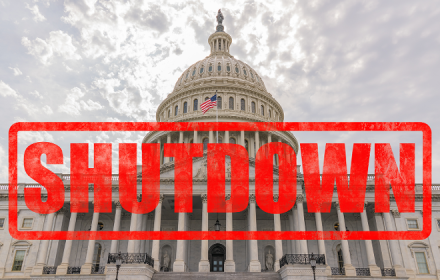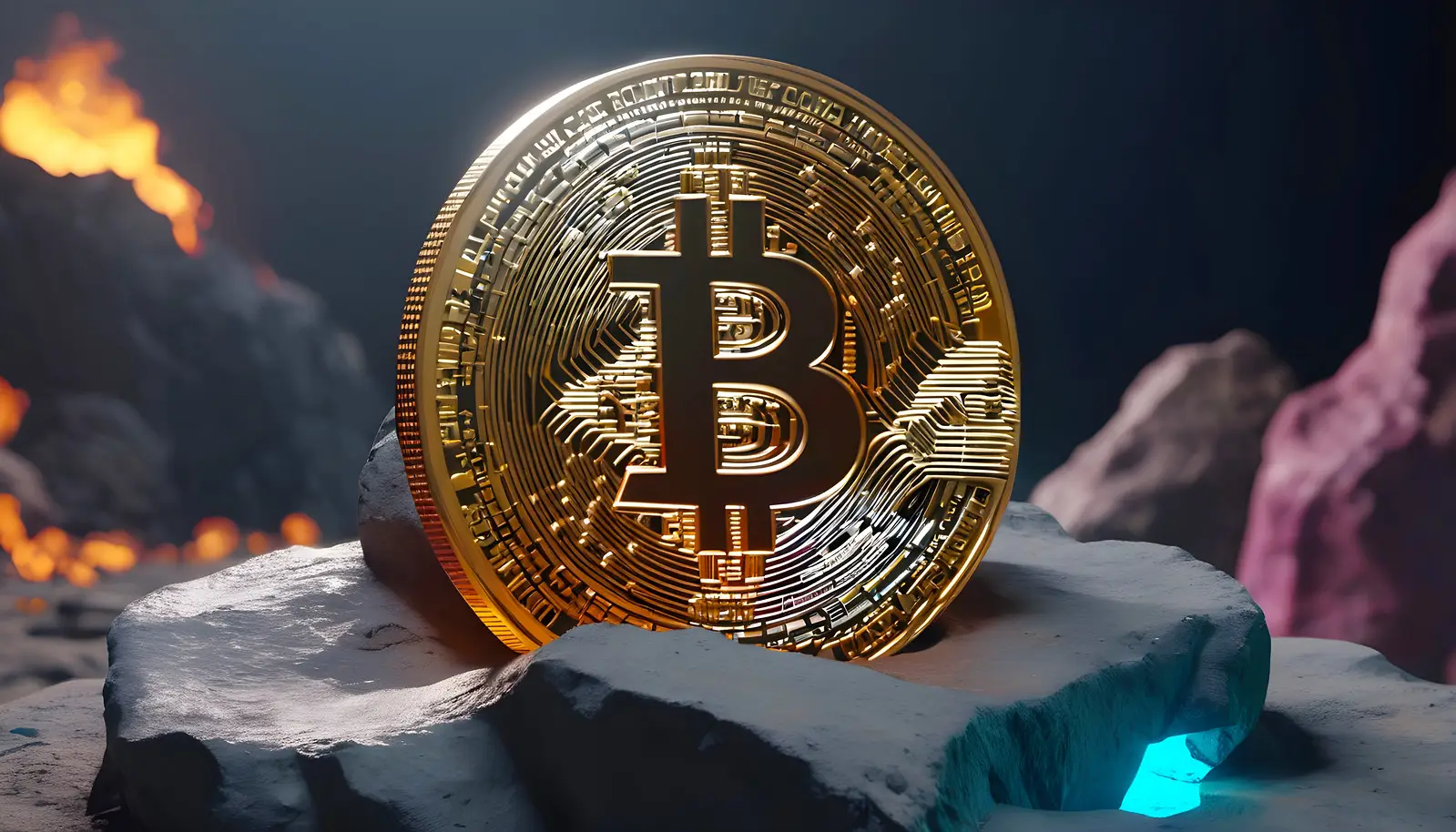Altcoins in cryptocurrency form a parallel economy within the digital world. After the emergence of Bitcoin in 2009, the market did not limit itself to one asset. By 2025, more than 25,000 tokens were registered in circulation. Each new coin aims to occupy a niche, expand functionality, or eliminate limitations of older counterparts. Altcoins not only provide an alternative but also set their own standards.
Top 10 Altcoins in Cryptocurrency
By the beginning of 2025, alternative cryptocurrencies have formed their own ranking based on liquidity, trust, and utility. The list of leaders reflects not just popularity but usefulness and resilience in dynamic market conditions:

- Ethereum — the first and largest smart contract platform that sparked the DeFi wave.
- BNB — the native token of the Binance exchange, involved in all internal ecosystem transactions.
- Solana — known for high transaction speed and low fees, actively used in NFTs and DeFi.
- XRP — a corporate solution for cross-border payments, used in banking infrastructure.
- Tether — a stablecoin pegged to the dollar, supporting DeFi and trading.
- Toncoin — a project of the Telegram ecosystem, enabling payments, subscriptions, and in-app purchases within the messenger.
- Cardano — a platform with a scientific approach to development, used in education, healthcare, and government services.
- Shiba Inu — community-driven and an experiment with a decentralized ecosystem.
- Dogecoin — the first meme coin, actively used in online tipping and donations.
- Avalanche — an innovative multi-chain architecture with potential for corporate use.
Why Altcoins are Needed
They fill the gaps left by Bitcoin. Despite the significance of the first cryptocurrency, its functionality is limited. Alternative cryptocurrencies scale capabilities: implementing smart contracts, ensuring privacy, creating managed platforms, and simplifying user experience.
Their main goals:
- accelerating transactions;
- reducing fees;
- expanding use cases;
- modularity of platforms and solutions;
- direct user participation in protocol governance.
What Altcoins Provide in Cryptocurrency: Coin Benefits
They contribute to diversification. They are not just assets but building blocks for the Web3 world. With flexible code and modular architecture, developers quickly implement solutions for decentralized finance, identification, gaming, and even registries.
Among the clear advantages:
- Functionality — from NFTs to DAOs, they activate numerous new applications.
- Innovations — each update offers a technological leap: PoS, zk-rollups, sharding.
- Accessibility — low entry barrier and project diversity simplify entry into crypto.
- Participation — through governance tokens, users influence platform development.
Risks: Volatility and Instability
Altcoins in cryptocurrency offer high returns but come with serious risks. Volatility exceeds traditional assets by multiples. During 2022–2024, the prices of some coins fluctuated by 60–80% monthly. Such instability requires deep analysis, strict risk management, and a clear entry and exit strategy.
Risks include:
- lack of liquidity for rare tokens;
- technical failures and vulnerabilities;
- centralization of some projects;
- regulatory constraints;
- loss of access due to storage errors.
Where Altcoins are Used: Platforms
Altcoins in cryptocurrency are integrated into decentralized platforms. They enable access to services, act as collateral, facilitate tokenization of real assets. Segments range from fintech to logistics. Platforms use tokens for protocol management, participant incentives, and protection against spam.
For example:
- Ethereum uses ETH for gas fees.
- BNB participates in launchpads and reducing fees on Binance.
- Cardano applies ADA for staking and voting.
- Toncoin allows creating mini-apps within Telegram using smart contracts.
How Altcoins in Cryptocurrency Change Governance Approach
Many projects incorporate decentralized governance mechanisms. Altcoins in cryptocurrency play a role as access keys to solutions. Through voting, token holders determine ecosystem development: from protocol upgrades to resource allocation. This creates a model where each participant influences the rules of the game.
Examples of governed projects:
- Uniswap (UNI) — owners vote on fee sizes and new pairs implementation;
- MakerDAO (MKR) — control over the stability of the DAI stablecoin;
- Compound (COMP) — managing lending parameters in a DeFi protocol.
Decentralization reduces dependence on decision-making centers and increases trust. However, the model requires high engagement and technical literacy from the audience.
Choosing Altcoins: Evaluation Parameters
Altcoins in cryptocurrency are evaluated based on a combination of factors. Consideration should be given not only to price or market capitalization but also to project structure, level of support, team activity. Successful coins demonstrate sustainable community growth, implementation of solutions in the real sector, and continuous code improvements.
Key analysis parameters:
- market capitalization and trading volume — reflect interest and liquidity;
- technology — presence of original solutions;
- team and audit — reputation and transparency;
- roadmap — specific goals and adherence to deadlines;
- partnerships — integrations with businesses or government structures;
- real demand — token usage in the ecosystem, not just speculation.
Comparing Solana and Cardano demonstrates different approaches. Solana focuses on speed and scalability, while Cardano emphasizes formal verification and scientific methodology. Both projects have found their audience but operate on different strategic models.
Alternative Cryptocurrencies and Ecosystems
They form complete ecosystems where wallets, exchanges, applications, and tokens interact. These are no longer individual assets but functional units of the digital economy. DeFi, NFT, DAO, GameFi, SocialFi — each segment uses its own altcoins.
Platforms based on Avalanche, Ethereum, and Polkadot are developing solutions that compete with traditional banking systems. The level of engagement and capitalization of projects with decentralized governance surpasses many public companies. Crypto offers an alternative to the traditional financial model, with a strong emphasis on flexibility, speed, and transparency.
Functions of Altcoins in Cryptocurrency
Digital assets beyond Bitcoin perform dozens of functions. Below are the main areas where they are involved:

- means of payment — internal currency for networks and applications.
- collateral — securing loans, derivatives, and stablecoins.
- management tools — voting for protocol changes.
- rewards and incentives — incentives for participants (miners, validators, developers).
- access to services — subscriptions, exclusive features, access to dApps.
- marketing assets — engaging the audience through meme content and campaigns.
- investment instruments — speculative growth, long-term portfolios.
- identification — creating digital IDs, accessing applications without login and password.
- social tokens — supporting authors, bloggers, communities through their own tokens.
- infrastructure tokens — ensuring the operation of the entire blockchain network, from validation to data storage.
Functionality is constantly expanding, adapting to user demands and technological trends. Altcoins are becoming part of digital everyday life.
Conclusion
Altcoins in cryptocurrency have long surpassed the role of a simple Bitcoin substitute. They create technologies, launch platforms, and form independent economic systems. Each project offers unique functionality, from Ethereum to Toncoin — not copies, but driving forces of a new digital reality. Today, it is not just an addition but a full-fledged market with millions of users and sustainable ecosystems.
 en
en  ru
ru  de
de  ar
ar  es
es  hi
hi  fr
fr  nl
nl  it
it  pt
pt  el
el 



